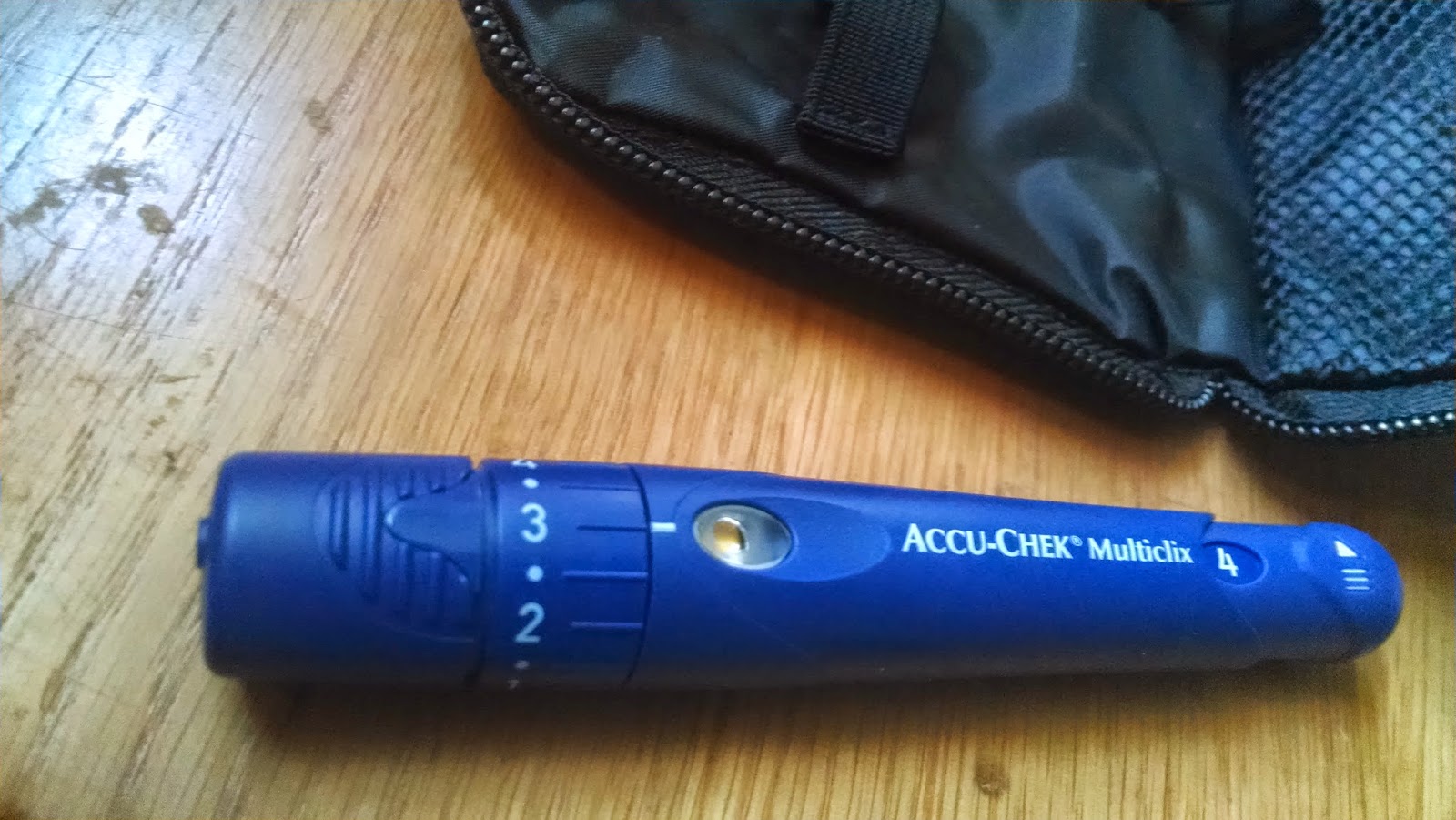The tumor markers had not gone down. They had actually crept
up. Deep breaths. I repeated my mantra, “Don’t look for trouble. Don’t look for
trouble. The oncologist always says scans trump markers.”
Then the bone scan results were released. I was like, “You
can’t be serious.” It seems my skeleton decided to come out of hibernation and light
up like Times Square at New Year.
To preempt my freak out, the oncologist had added a note to
the start of the report. She called it a flare phenomenon. The bone activity
was sclerosis – adding new bone. The new bone was even in my spine where a
prior MRI had shown was not mets but a bulging disc in my lower back. Like
every freaked out patient, I went straight to Google for more information.
However, finding useful information on a flare phenomenon was like searching in
the early days before Google. You know what I mean. (Life before Google: I
wonder….. Too bad.)
So I just went with it and tried to compare it to something
that I do understand: extinction burst. When you have been reinforcing a rat
with fruit loops for bar-pressing and suddenly you stop the reinforcement, the
rat presses the bar frantically for a few minutes, until it is clear that there
is not going to be any reinforcement. Human adults and children do this too.
Often parents are told to ignore a child’s behavior and it will stop. (I’m
talking about selected behavior here, like whining). The parent will come back
a week later and complain that the whining did not stop. It actually got worse.
That would be extinction burst and you have to hold on tight to weather that
onslaught. Think of what adults do when they put money in the vending machine
and they get nothing back.
I realize the leaps in logic I am making here, but it is not
meant to be taken literally. It’s a metaphor for MLN0128 – 1, cancer - 0.
The most unsettling part is the warning the oncologist wrote
at the bottom of the note. I am to monitor how I feel and report any
deterioration in my condition. I mean,
who has time for that? I have a massage scheduled, movies with my children on
Sunday and then I have to get ahead with my work because I’m going to a
convention next week-end. Seriously though, the vagaries of monitoring pain is
a topic for another post.




